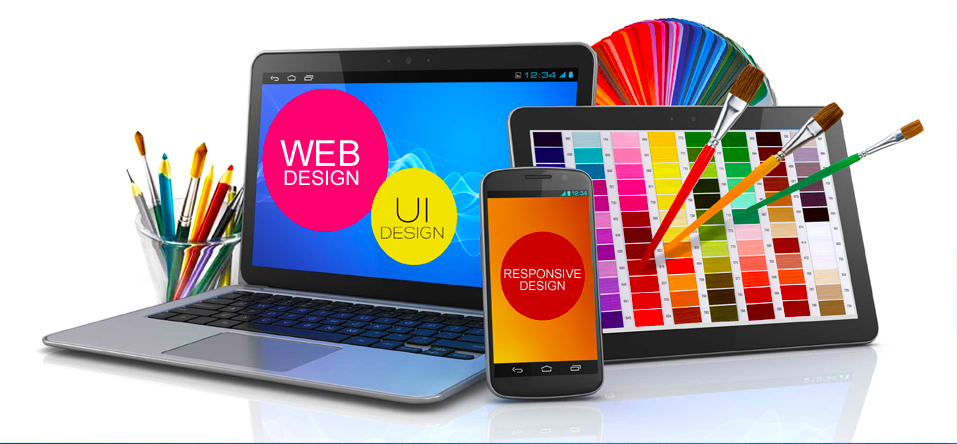On Thursday, CIO published a list of 12 web design mistakes “that can hurt your online business.” The article begins by noting that in this day and age, virtually anyone can utilize user-friendly tools in order to be their own web designer. But, the article adds, “that doesn’t mean everybody should.” A lack of professional experience can be costly, in that it can prevent you from noticing deficiencies and distractions in your website, which would have been quickly noticed by another web designer.
The 12 specific points that are then discussed in the article are certainly useful guidelines. But the descriptions are very brief, and at least some of those points would benefit from clarification or even debate. The best thing you can do is consult this and other similar lists when you have a planning or evaluative meeting with your web designer. But be ready for them to provide a somewhat different or at least more detailed assessment of the issues that appear in brief web design articles.
To be more specific, you don’t need to let CIO poison you against splash pages – the first instance of “bad web design” highlighted in the article. That entry claims that an entrance page preceding the main site content has “no value in today’s online world.” But that is arguably an overstatement. It certainly has diminished value, but your website might be a rare instance in which there is a unique purpose for asking visitors to yield before looking on your site for the information that is relevant to them.
We’re confident in saying this because One Brick Tech has designed and developed exactly this kinds of websites, and quite recently. Certain sites have entirely different web content to offer different types of visitors, in which case a web designer might use a splash page to present visitors with a choice, for instance between buying and selling, or between individual and corporate activities, or between free and premium sections of the site.
These exceptions to the rule serve a much more essential purpose than removing a feature that is sometimes regarded as an annoyance: they help site visitors to more efficiently arrive at the information that is relevant to them. And this is just one instance in which a site owner would do well to listen to his or her web designer when confronted with a possible reason to break with current trends.
This is something that we’ve discussed on this blog several times before. And it serves to reiterate the point that started the CIO article. Going it alone as an inexperienced web designer may encourage a person to simply copy the apparently predominant features of modern web design. But chances are good that in so doing, you will miss out on opportunities to make your own site distinctive and to make it as user friendly as possible for your specific target audience.
Another item in the CIO list warns against navigation that is confusing. But it is worth noting that “confusing” is a subjective term, the criteria for which might not be apparent to a web designer until he has reviewed and analyzed numerous sites, as well as designing some of his own. Do not be overconfident about your understanding of the web designer advice offered at CIO and elsewhere on the web. Think carefully about how your site is taking shape, or seek professional help.



Leave A Comment